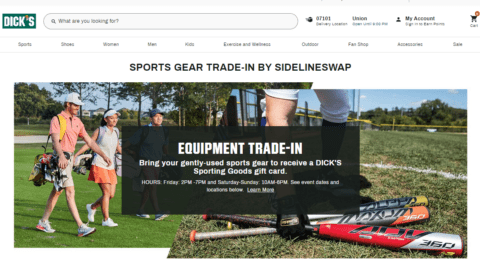As consumers continue to motivate retailers to improve their technology offerings, a mobile optimized web site has become a must-have for today’s connected consumers. 2011 will likely see mobile as a strategic component of every major marketer’s plan, according to 5th Finger’s recent report 2011 Mobile Market Overview: Looking Forward, Looking Back. The report noted that mobile phone ubiquity is turning retailers’ attention to indicators of consumer mobile sophistication and usage. To keep up with changing mobile usage patterns, total spending on all forms of mobile marketing is expected to grow nearly 50% in 2011, topping one billion dollars, According to eMarketer.
Keynote Competitive Research, the industry analysis group of Keynote Systems, recently announced that it has more than doubled the size of the its smart phone mobile commerce index with the addition of 16 new mobile retail sites. Launched in September 2010, The Keynote Mobile Commerce Index ranks leading and up-and-coming U.S. retail mobile web sites based on download speed and reliability.
Mobile retail sites added to the index include CVS, Staples, Brookstone, Lowe’s, Office Depot, The Home Depot, Toys ‘R’ Us, Macy’s, Buy.com, 1-800-Flowers.com, Drugstore.com, Costco, jcpenney, HSN, ShopNBC and Overstock.com. These sites join the index’s inaugural sites which include: Walgreens, Your Electronic Warehouse, Amazon, Dell, Walmart, Victoria’s Secret, Sears, Barnes & Noble, Best Buy, Sunglass Hut, Foot Locker, K&L Wine Merchants, Target and Toolfetch.com.
Advertisement
The index shows the average response times and success rates for downloading the homepage of selected mobile commerce sites on popular smart phones using Keynote’s mobile performance monitoring service, Mobile Web Perspective.
“With the expansion of Keynote’s Mobile Commerce Performance Index to 30 sites including retailers from multiple sectors, the index has become an extremely valuable tool for retailers that need to understand the latest mobile web performance trends and benchmark themselves against other retailers who have a mobile web presence,” said Herman Ng, Mobile Performance Evangelist at Keynote. “As smart phone use has exploded in popularity the need for well designed mobile retail web sites has grown exponentially. In fact, these days the first experience a customer may have with a retailer may very likely be the retailer’s mobile web site before they access the same site from a desktop or physically walk into a brick-and-mortar store.”
Ng noted that, out of the 30 retailers in the index, 28 are optimized for all four mobile devices used in the index. One retailer didn’t optimize for the Motorola Droid X and another one didn’t optimize for the BlackBerry Curve 8900. Still, all the retailers have a mobile site and one-third of the 30 sites further optimized their mobile page for feature phone device access. “This shows that regardless of a retailer’s size — from Walmart.com to Your Electronic Warehouse — or retail sector — from books to office supplies to shoes — retailers acknowledge the growing importance of mobile users to their business and increasingly are building mobile-optimized sites,” Ng said.
How Retailers Can Use Keynote’s Smartphone Index
The Keynote Mobile Commerce Index is designed to collect data representing a wide range of mobile users. Data is collected for each site emulating four different mobile devices over four wireless carrier networks at four U.S. cities. The overall load time (seconds) and success rate (percentage) are the aggregated results of each site. Retailers on the index, and any other retailer, can benchmark themselves against competitors and make improvements to stay ahead of the pack, or compare their overall performance to the index average and ensure they are staying close to the industry average, according to Keynote.
Over time the weekly data also provides trending information that retailers can use to determine if their mobile site performance is consistently positive or negative. Even small, unexpected performance changes can provide an early warning sign of potentially larger issues brewing. Additionally, significant performance changes can be correlated with recent events such as software releases, hardware upgrades or changes in traffic volume.








